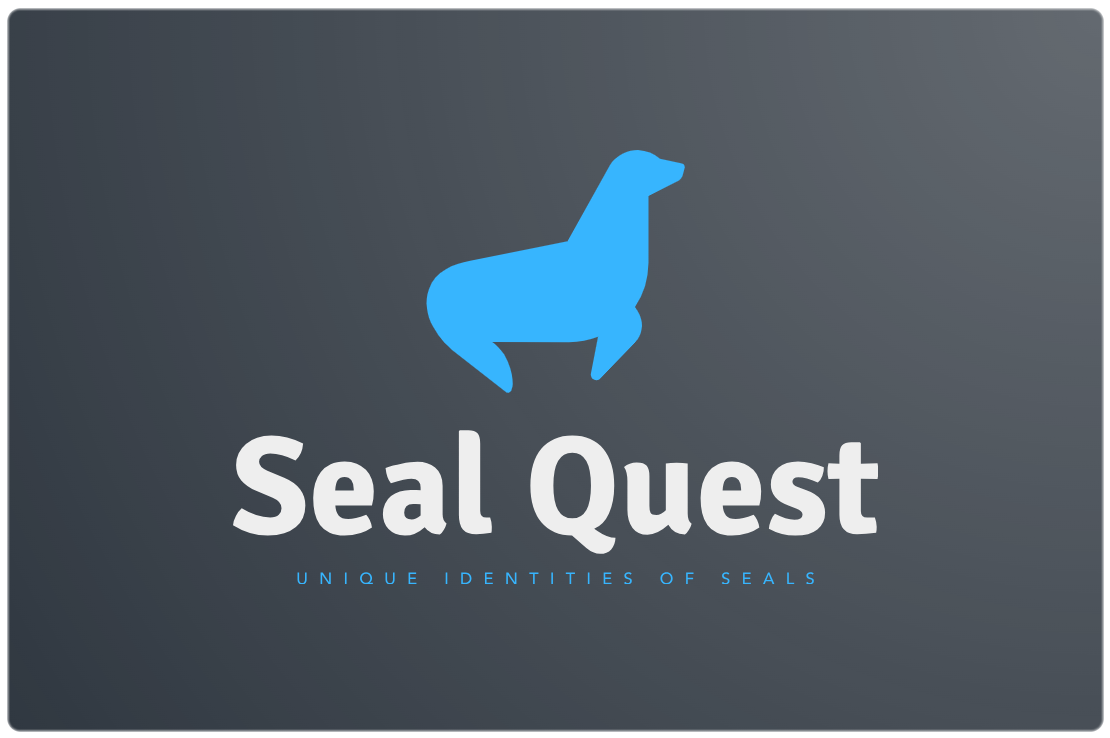|
Greetings, fellow wildlife enthusiasts and conservation advocates! Today, we are thrilled to unveil an exciting new project that promises to take us on a captivating journey into the enchanting world of seals. Welcome to Seal Quest – an ambitious endeavor to identify and celebrate the unique identities of these charismatic marine mammals within the Seal Codex (Wildbook) on UK and Greece.
The Seal Quest Initiative: Seal Quest represents more than just a scientific endeavor; it's a passionate quest to unravel the mysteries of individual seals, to document their diversity, and to contribute invaluable insights to their conservation. With the support of cutting-edge technology, collaborative efforts, and the dedication of wildlife enthusiasts like you, we aim to create a comprehensive catalog of seal identities like never before. Why Seal Quest Matters: Seals are not just subjects of fascination; they are vital components of our marine ecosystems. By understanding the unique identities of individual seals – from their distinctive markings to their behaviors and habitats – we can gain deeper insights into their lives and the challenges they face. Armed with this knowledge, we can develop more targeted conservation strategies to protect these remarkable creatures and the environments they inhabit. How You Can Get Involved: We believe that conservation is a collective effort, and that's why we invite you to join us on this remarkable journey. Whether you're a seasoned researcher, a passionate citizen scientist, or simply someone who cares deeply about our natural world, there are countless ways to get involved in Seal Quest. From contributing seal sightings and photographs to engaging with our online community, your participation can make a real difference in our quest to unveil the unique identities of seals. Seal Quest iNaturalist Project Seal Quest is on a mission to unveil the unique identities of seals and contribute valuable insights to their conservation. Now, with our new iNaturalist project, you can be part of this exciting initiative from anywhere in the world. Whether you're an avid nature enthusiast, a seasoned researcher, or simply curious about seals, we invite you to join us in documenting seal sightings and contributing to our growing database of seal observations. Joining the Seal Quest iNaturalist project is easy and requires just a few simple steps:
In addition to our iNaturalist project, Seal Quest is also collaborating with the Seal Codex on Wildbook, an innovative platform for documenting individual seals and their unique characteristics. Clear photos of seal sightings need to be uploaded on the Seal Codex, further enriching our database and advancing our conservation efforts. Uploading sightings is simple – you can do it even without an account, though creating one is preferred. Stay Connected: To stay updated on the latest developments and discoveries from SealQuest, be sure to follow us on social media and subscribe to our newsletter. Together, we can embark on this extraordinary journey, celebrate the diversity of seals, and pave the way for a brighter future for these magnificent creatures. Are you ready to embark on a Seal Quest? The journey awaits! |
IntroFrom conservation initiatives to groundbreaking research, our blog is your portal to the awe-inspiring world of wildlife conservation. Archives
July 2024
Categories
All
|
CompanyMerman Conservation Expeditions LTD
Company Number SC787239
|
ContactEmail: [email protected]
Telephone: +44 (0) 7475353130 (UK) +30 6945927483 (Greece) Working Hours: M-F: 10am - 18pm (London Time) |
|
Copyright © 2023 Merman Conservation Expeditions Ltd. All rights reserved.
|

 RSS Feed
RSS Feed